robot
Latest

Boston Dynamics’ Atlas robot is now a gymnast
The latest footage from Boston Dynamics is, unsurprisingly, both impressive and terrifying. Over the past few years we've seen Atlas navigate uneven terrain and even jump around a parkour course. This is on another level, though. The bipedal robot does a handstand, rolls around and even does a few jumping twists -- all without losing its balance.

Starship's delivery robots now serve Purdue University
Starship's delivery robots have reached their largest school campus yet. Purdue students at the university's West Lafayette campus now have the option of ordering robot-delivered food that should arrive in "minutes." As at other schools, deliveries carry a flat $2 fee and work in tandem with your student meal plan. If you're too busy studying to traipse across the university grounds and don't want to spend much more than you're already paying for food, your solution might be at hand.
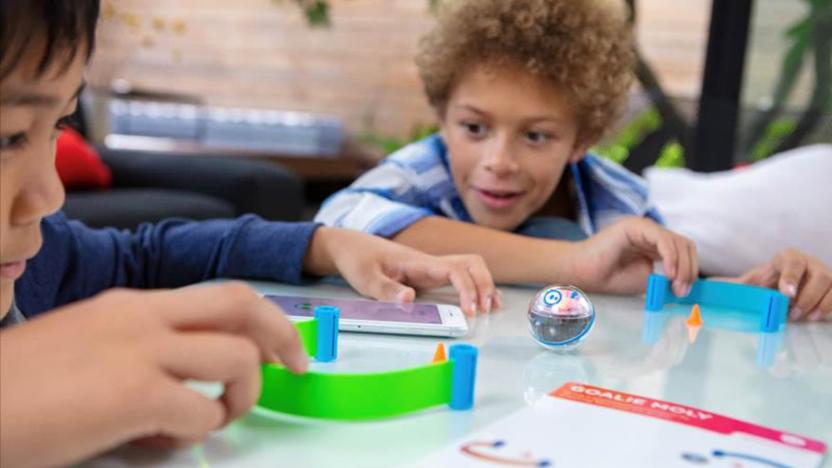
Sphero Mini Activity Kit offers a mini-bot and 15 lessons for $80
For years, Sphero has pushed to bring robotics into the classroom. Now, the company wants to bring robotics and coding lessons to the living room, too. Today, the company unveiled the Sphero Mini Activity Kit: 15 step-by-step activities that can be done at home, as well as app updates aimed at budding coders.

The ISS' spherical robot helper has returned to Earth
Humans are one step closer to having robot assistants in space. The IBM- and Airbus-made CIMON (Crew Interactive Mobile Companion) robot returned to Earth on August 27th after successful testing aboard the International Space Station. The spherical machine demonstrated both its AI skills (such as recognizing astronauts and offering instructions) as well as its ability to float through the ISS. Don't think this is the end to the experiments, though -- this is really just the start.

MIT’s thread-like robot can slip through blood vessels in your brain
MIT engineers created a thread-like robot that can glide through the brain's blood vessels and could deliver clot-reducing drugs to treat strokes or aneurysms. The robotic thread could offer an alternative to open brain surgery, and it could be controlled by surgeons outside of the operating room. Theoretically, surgeons could control it remotely from an entirely different location.
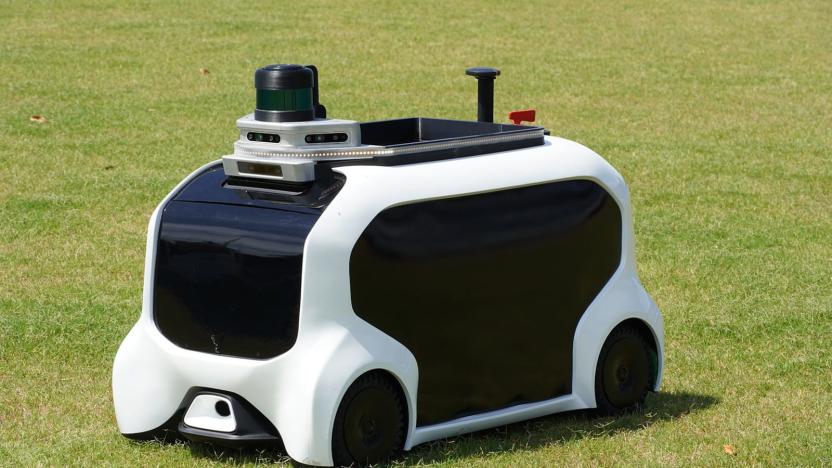
Toyota's 2020 Olympics robots will include a javelin-carrying cart
Robots are going to play a large role at the 2020 Tokyo Olympics, and Toyota is determined to be at the forefront -- if in some occasionally strange ways. The automotive giant has unveiled its robot lineup for the summer games, and one of the biggest attention-getters is the Field Support Robot. The autonomous machine looks like a very tiny version of the e-Palette, and will carry javelins, shot puts and other items from throwing events. It won't actually fetch the items -- that's still up to humans -- but it will help reduce the number of staff on the field.

A mind-controlled robot arm doesn’t have to mean brain implants
A robotic arm smoothly traces the movements of a cursor on a computer screen, controlled by the brain activity of a person sitting close by who stares straight ahead. The person wears a cap covered in electrodes. This "mind-controlled" robot limb is being manipulated by a brain-computer interface (BCI), which provides a direct link between the neural information of a brain that's wired to an electroencephalography (EEG) device and an external object.
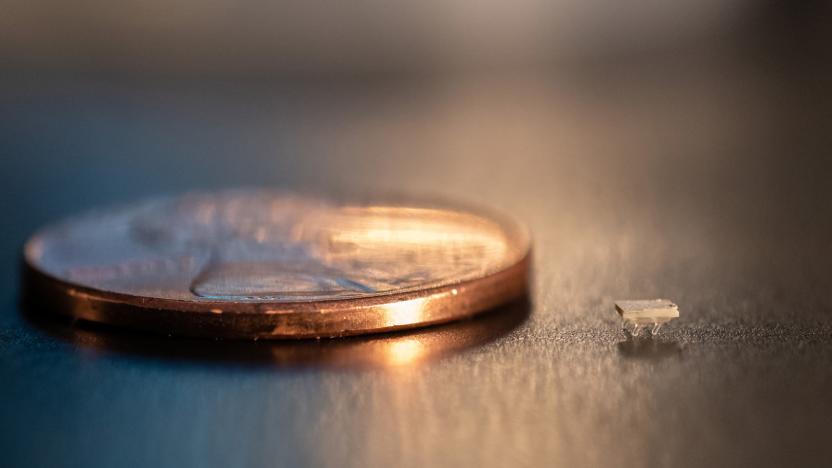
Tiny vibration-powered robots could repair your body from the inside
There are many challenges to developing robots that could operate within your body, not the least of which is finding a power source -- you can't exactly strap a big battery on them. That might not be an issue thanks to Georgia Tech researchers. They've developed minuscule "bristle-bots" that move by tapping vibration from a variety of sources, whether it's ultrasound or a nearby speaker. The trick was to mate a tiny piezoelectric actuator to a 3D-printed polymer body whose bristle-like legs are angled to move in specific directions in a resonant response to vibrations.

US Army to test robotic combat vehicles in 2020
The US military is about to try using robotic vehicles in a more aggressive fashion -- the Army will start testing robotic combat vehicles in 2020. Soldiers in two modified Bradley Fighting Vehicles (Mission Enabler Technologies-Demonstrators, or MET-Ds) will remote control four crewless M113-derived prototypes to gauge how well the system works in real life. While it's not a combat situation, the Army hopes for feedback that will reveal problems or different use patterns.
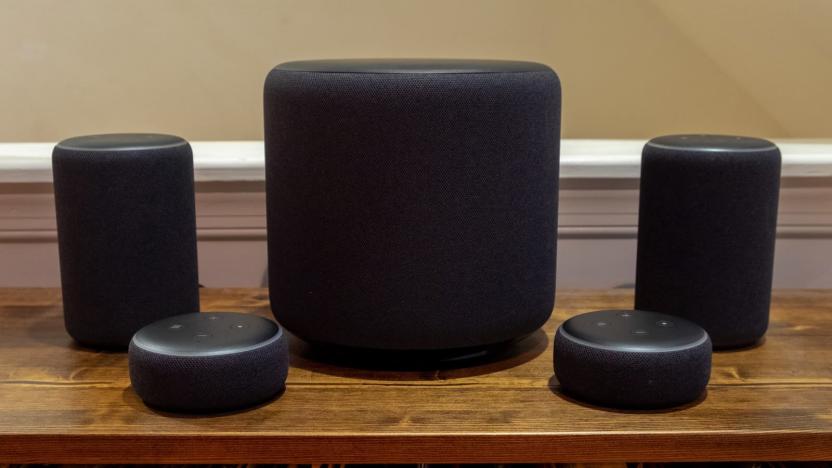
Amazon is reportedly working on a better-sounding Echo
Despite an influx of new models last year, Amazon's Echo probably isn't the first thing that comes to mind when you think of high fidelity. The company wants to change that by introducing a higher-quality version of the Echo to better compete with the like of Sonos, according to Bloomberg. Amazon's Lab126 research division has reportedly produced prototypes that are larger than the current Echo in order to pack in at least four tweeters.
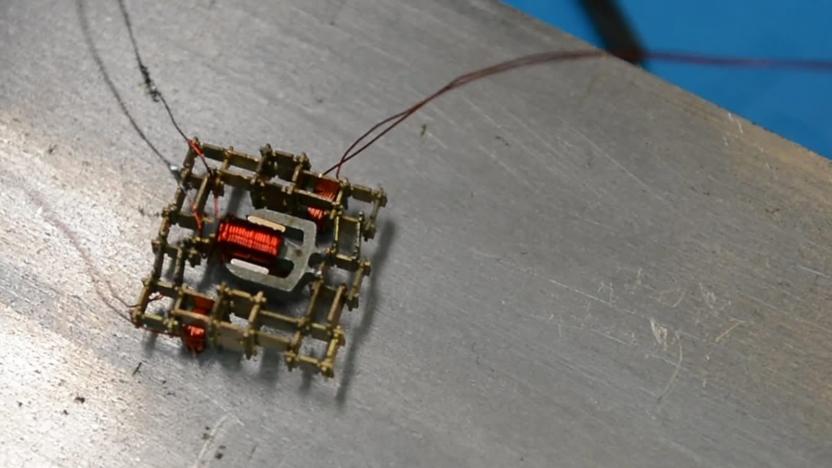
Tiny 'walking' motor could help robots build other robots
How do you get better at making more robots? By rethinking how you build the manufacturing robots, apparently. MIT researchers have developed a minuscule "walking" motor that allows for robots which should be at once customizable, fast and inexpensive. It's made of just five modular parts, including rigid and flexible components, electromagnetics, a coil and a magnet. Those move an appendage that lets the robot crawl, grip, push and otherwise perform tasks without a complex set of parts -- it's likened to a "micro-Lego" that can be configured to do what you want with a minimum of fuss.
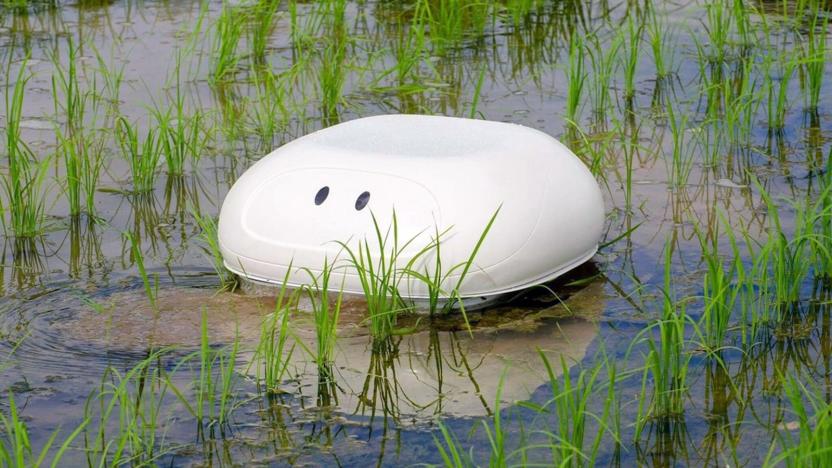
Robot 'duck' keeps weeds out of rice paddies
For rice farmers, ducks have been a viable way to keep their crops healthy -- they destroy weeds, eat bugs and fertilize crops without using harmful chemicals. And now, a Nissan technician might have an alternative when fowl isn't an option. He's testing a robot 'duck' that roams rice paddies, muddying the water to prevent weeds from getting enough sunlight to grow -- it's really a Roomba (and a cute one at that) for watery fields. Although it's a personal project, it's fully realized with GPS, a WiFi connection and solar power to minimize its environmental impact.
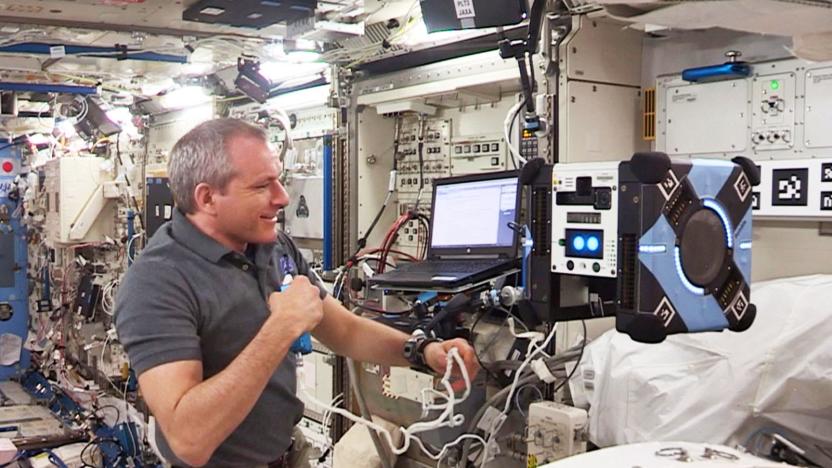
NASA's Astrobee cube robot flies in space for the first time
NASA's Astrobee cube robots are finally earning their space wings... in a manner of speaking. The agency has confirmed that one of the bots, Bumble, flew on its own for the first time aboard the International Space Station on June 14th. While the trip involved only basic movements like flying forward and rotating, it was proof machine could work in its intended microgravity environment.

iRobot enters the classroom with acquisition of Root Robotics
iRobot, the company behind the Roomba, is about to do more than vacuum your house, mop your floors and mow the lawn. Today the company announced that it's acquired Root Robotics, and it will add the Root educational coding robot to its lineup.

Robotic dishwasher saves restaurants from drudgery
Restaurants and other eateries are facing a shortage of dishwashers, and for understandable reasons -- it's inglamorous work with low pay. Dishcraft, at least, thinks robots can fill that gap. It just revealed a robotic dishwasher intended to clean large volumes of plates in commercial kitchens. Once customers stack plates on a special cart, a staffer just has to wheel that cart into the robot. From there, the machine flips the plate upside-down and uses both cold water and a brush to wipe the surface clean within seconds. AI-guided cameras then scan dishes to see if dishes need another scrub before they head to the dish rack.
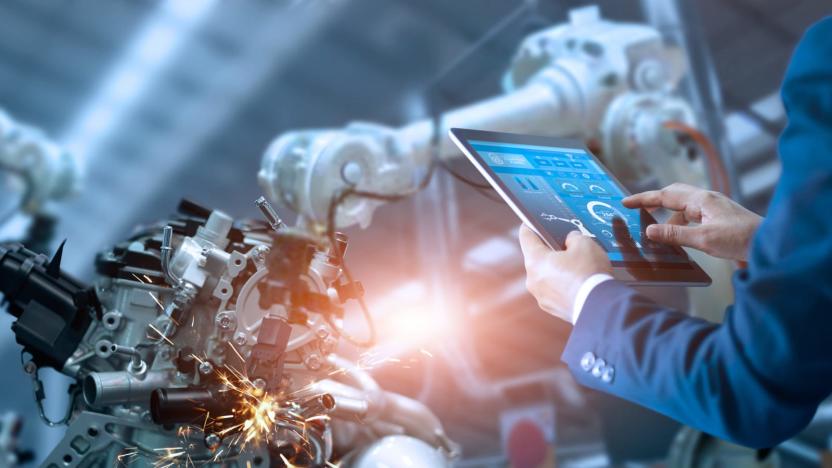
MIT algorithm helps robots guess where humans are going next
Automation is increasingly a reality in the workforce, and that means robots working alongside humans. But there's a problem: robots are often lousy at predicting where humans are going, leading them to either freeze up or risk collisions with their fleshy counterparts. Thankfully, MIT researchers have developed an algorithm that better predicts the paths of nearby humans.

DJI's first educational robot is a $500 drone tank
Less than a month after launching its first-ever action camera, DJI is now introducing its first educational robot, The RoboMaster S1, which the company says has been in development for two years, was inspired by a robotics competition that DJI has sponsored and hosted for the past five years, called RoboMaster. DJI says that RoboMaster has been a passion project from founder and CEO Frank Wang, who figured the company could use its know-how in computer vision, artificial intelligence and camera technologies to create a robotics product that it could get "into the hands of everyone." The result of that, DJI says, is the new RoboMaster S1, or S1 for short.

Autonomous 'roboats' can assemble into floating structures
Autonomous boats might soon do a favor for people who have no intention of charting a course. Researchers at MIT and AMS Institute have developed a new version of their 'Roboat' that can identify and latch on to fellow robots to form different structures, whether it's a foot bridge, a garbage collector or a stage for a concert. The boats use cameras, lidar and computer vision algorithms to look for fellow bots with QR-like tags (to help determine their relative position), and then position themselves for docking on command. They also know to try again if there's a botched attempt.

Amazon's new delivery drone is a helicopter-airplane hybrid
Amazon's Prime Air drone delivery still isn't a practical reality, but that isn't stopping the company from iterating on its robotic flyer's design. The internet retailer has unveiled a next-generation electric drone that tackles some of the challenges the autonomous courier faces. It's now a "hybrid design" that can take off and land vertically like a typical hexacopter drone, but has aerodynamics (and thus efficiency) more like that of a fixed-wing aircraft. More importantly, it's safer -- and we're not just talking about the protective shroud that doubles as wings.
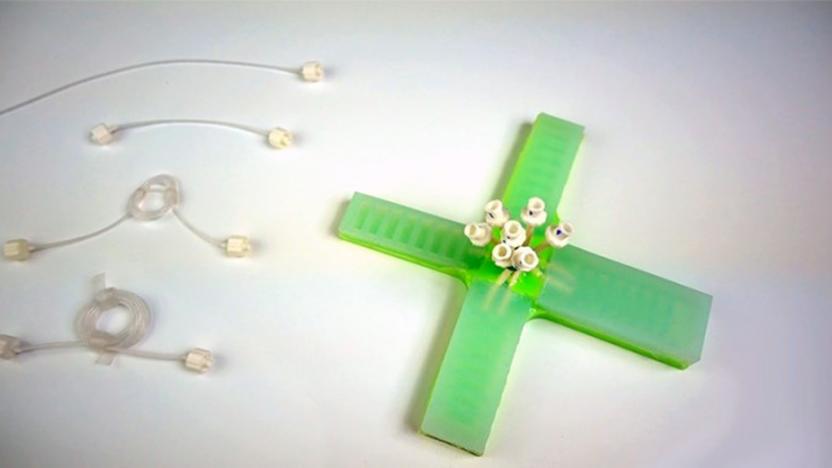
Simpler, air-powered soft robots could help with space exploration
Soft robots promise a kinder, gentler approach to automation, but they're frequently hamstrung by complexity, costs and the need for wires. Thankfully, Harvard researchers have found a way to simplify matters. They've developed a softrobot driven by pressurized air that doesn't need the multiple control systems that frequently guide these machines. A lone input pumps air to the robot's legs through tubes of different sizes, which determines how those legs behave. If you want the robot to crawl forward, you just have to send air through the right set of tubes.





